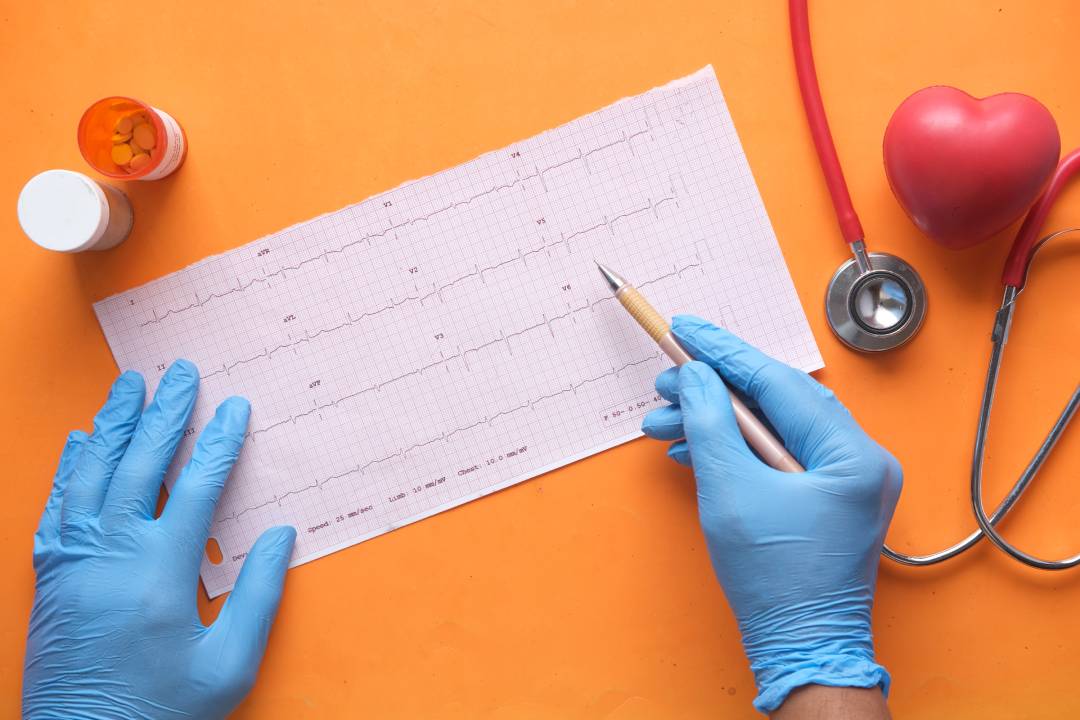One week after the death of the two cricketing legends, Rodney Marsh and Shane Warne, a prominent and well respected female Labor politician, Kimberley Kitching died suddenly at exactly the same age as Shane Warne, 52.
This prompted the National Heart Foundation of Australia to release a timely warning to women that cardiovascular disease is, no doubt, their biggest killer. Over the past decade, there has been increasing emphasis on the importance of cardiovascular disease in women because for many years there was a false notion that heart disease was typically a disorder of males. Thankfully, there has been increasing publicity over the past decade, educating both the public and the medical profession about the importance of the variety of ways cardiovascular disease may affect women.
Firstly, the most common form of cardiovascular disease is atherosclerosis which is the progressive build-up of fat, inflammatory tissue and calcification in the walls of arteries. This is the most common cause of heart attack and stroke. In this condition, a fatty plaque reaches a critical mass in the wall of the artery involved and suddenly ruptures with a subsequent clot-forming leading to a blockage in the artery. These plaques can stay dormant in the walls of arteries, not causing blockages, until these ruptures occur. It may occur in one artery alone, or at multiple sites, thus explaining severe blockages in a few vessels at once, in some cases.
This condition is typical in people with major risk factors for heart disease, such as hypertension, high cholesterol, cigarette smoking, pre-or frank diabetes and a strong family history of vascular disease, typically in a close family member with the disease presenting well before age 70. The only difference between men and women in this situation is that typically women are protected by their hormones until menopause and may, on average, experience a typical atherosclerosis-related heart attack 10 years later in the female compared with a male with similar risk factors.
I
have no knowledge of the precise risk factors in Senator Kitching’s case, nor
the specific diagnosis at the time of writing this article.
But, there is now increasing evidence that lesser well-known forms of cardiovascular disease are more common in women than men and in some cases, for obvious reasons, only affect women.
- MINOCA: This acronym stands for Myocardial Infarction in Non-Obstructive Coronary Arteries. This is being increasingly recognised in typically younger women with, at times, atypical symptoms but still evidence of heart attack. When they are investigated with a coronary angiogram there is minimal to no blockages in the arteries. What is happening here is that a lesser fatty plaque in the wall becomes acutely inflamed and erodes the lining of the artery and a large clot forms to acutely block the artery. By the time the angiogram is performed, the clot has dissolved and the artery looks normal or has only minor blockages. These types of cases need more aggressive anti-inflammatory and blood-thinning rather than focusing on the more standard risk factors. But, at times, the standard risk factors are still operative and need to be addressed.
- Peripartum cardiomyopathy: Obviously, this condition only affects women and can cause varying degrees of heart failure either during or after a pregnancy. This requires ongoing cardiologic management after the condition is diagnosed, often indefinitely.
- IVF associated heart disease: For reasons that are unclear, it appears that women who fail IVF have double the risk of cardiovascular disease when followed for 10 years after the procedure.
- SCAD: This acronym stands for Sudden Coronary Artery Dissection, which is not related to atherosclerosis and most commonly occurs in younger women, often, but not always, around the time of pregnancy. If diagnosed, it can be effectively treated with coronary stenting but, this is not an atherosclerotic condition so does not require aggressive risk factor modification such as cholesterol-lowering therapy. This condition is not exclusive to women but certainly more common in the female gender.
- Takotsubo’s Cardiomyopathy: Stress-induced constriction of the coronary arteries that often leads to symptoms very similar to a heart attack. It was thought until recently that this was a one-off phenomenon but work from the UK has suggested the potential for recurrence and ongoing cardiac damage. Again, this needs to be recognised and managed appropriately. It is much more common in women than men.
- Pre-eclampsia: This is a relatively common condition associated with a significant rise in BP during pregnancy. This is very well managed at the time but recent work has shown that women who suffer pre-eclampsia during pregnancy have up to 4 times increased risk of high blood pressure in later life, twice the risk of stroke or heart attack and 1.5 times the risk of death. Also, it appears that women who suffer these issues following an episode of pre-eclampsia tend to experience cardiovascular complications 10 years earlier than other women. Thus, anyone with a history of pre-eclampsia should have regular cardiac assessments.
- Coronary artery spasm: This condition can affect men and women but tends to be more common in women. It may or may not be associated with a lesser degree of blockages in the arteries. There is also an association between coronary spasm, migraine and a condition of the micro-circulation in the hands and feet known as Raynaud’s phenomena.
Clearly, cardiovascular disease is not just the domain
of men. Any symptoms referable to the heart in men and women need to be
assessed immediately. A person doesn’t need to have the Hollywood heart attack
i.e. Crushing central chest pain radiating to the throat and down the left arm
to justify a cardiovascular workup.
The earlier these conditions are recognised; the more effective treatments can be offered. Men and women, ignore symptoms at your peril as we’ve seen by these recent tragic and high-profile examples.
